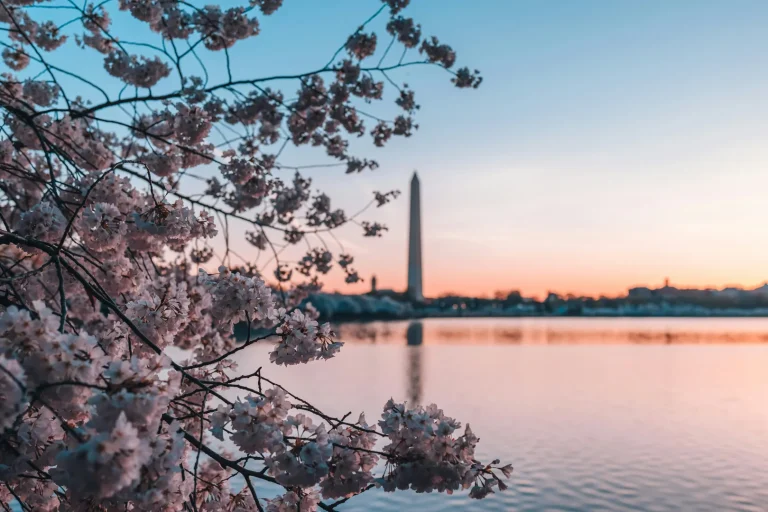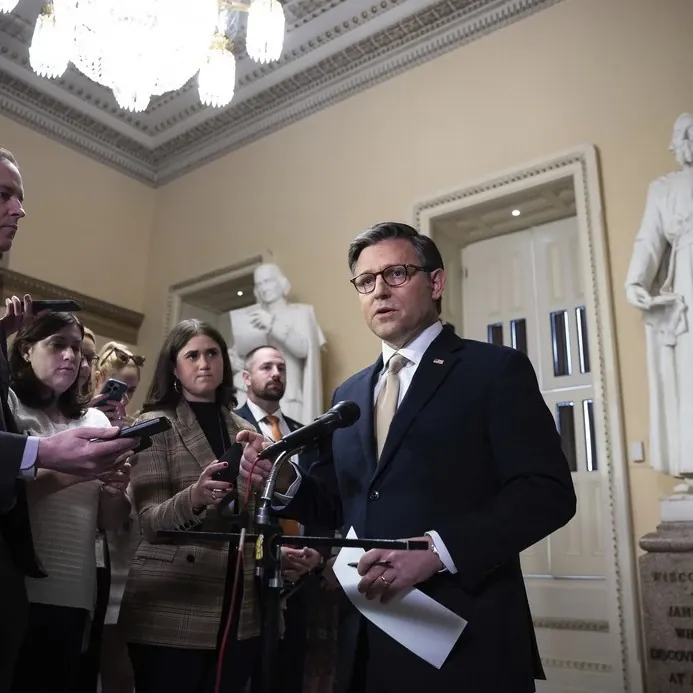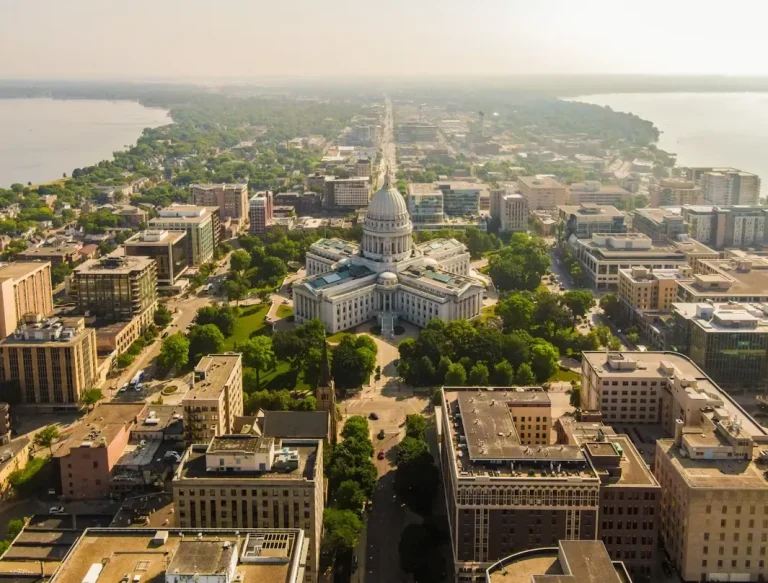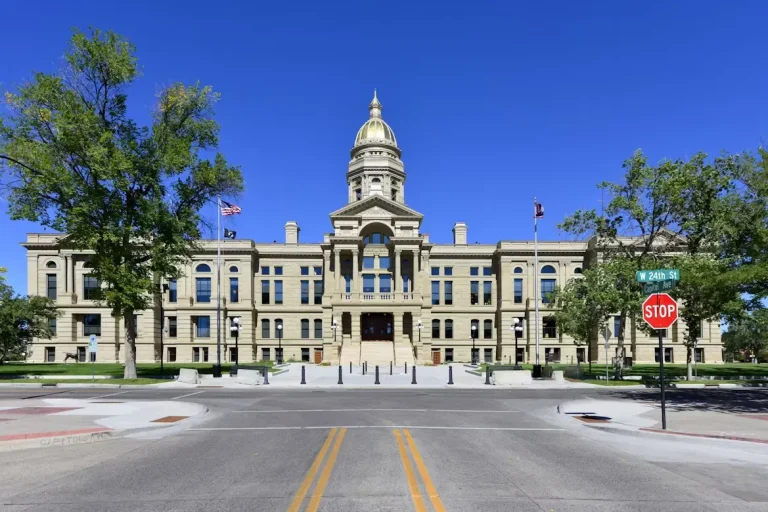White House
The White House, an iconic symbol of the United States government, serves as both the residence and the workplace of the President of the United States. Situated at 1600 Pennsylvania Avenue NW in Washington, D.C., the White House is not only a functional space for presidential duties but also a significant historical landmark and a central hub for national governance and diplomacy. This article explores the various aspects of the White House, including its history, architecture, functions, and cultural importance.
Historical Background
The White House was designed by James Hoban and was constructed between 1792 and 1800. It has been the residence of every U.S. president since John Adams. The building has undergone several renovations and expansions over the years, reflecting the changing needs of the presidency and the evolving nature of American governance.
In 1814, during the War of 1812, the White House was set ablaze by British troops. It was subsequently rebuilt and has been a site of numerous important events in American history, including presidential inaugurations, state dinners, and meetings with international leaders.
Architectural Features
The White House is designed in the neoclassical style, characterized by its grand columns and symmetric shape. Its exterior is made from Aquia Creek sandstone, which has been painted white, giving the building its iconic appearance. Key architectural features include:
- The Portico: A prominent feature that leads to the main entrance, supported by columns that create a striking façade.
- The East and West Wings: Added in the 20th century to accommodate the growing staff and functions of the presidency.
- The Rose Garden: A landscaped area used for outdoor events and ceremonies.
- The Oval Office: The President’s formal workspace, which has been personalized by each president over the years.
Functions of the White House
The White House serves multiple essential functions in the U.S. government, including:
- Executive Residence: The White House is the official residence of the President and their family.
- Office Space: It houses the offices of the President, Vice President, and senior staff, facilitating daily administrative tasks and decision-making.
- Meeting Venue: The White House is a primary location for meetings with advisors, cabinet members, and foreign dignitaries.
- Public Engagement: The White House hosts events that engage the public, including tours, special events, and press conferences.
Presidential Traditions
The White House has a rich tapestry of traditions that reflect the values and culture of the nation. Several notable traditions include:
- The Annual Easter Egg Roll: A family-friendly event where children roll eggs on the White House lawn.
- State Dinners: Formal dinners hosted by the President in honor of foreign leaders and dignitaries, showcasing American hospitality.
- Thanksgiving Turkey Pardon: A lighthearted ceremony where the President spares a turkey from being eaten on Thanksgiving Day.
Cultural Significance
The White House is more than just a government building; it is a symbol of American democracy and a representation of the nation’s values. It attracts millions of visitors each year, who come to tour its historic rooms, learn about its history, and witness its role in shaping the nation. Additionally, the White House has been featured in countless films, television shows, and literature, further cementing its status as a cultural icon.
Conclusion
The White House stands as a testament to the enduring principles of American governance and democracy. Its historical significance, architectural beauty, and role in national and international affairs make it a focal point for both citizens and visitors alike. As an institution, the White House is not solely the residence of the President but a symbol of the collective aspirations and values of the United States. Understanding the White House’s multifaceted role in American society enriches our appreciation of the democratic processes and traditions that shape the nation.



